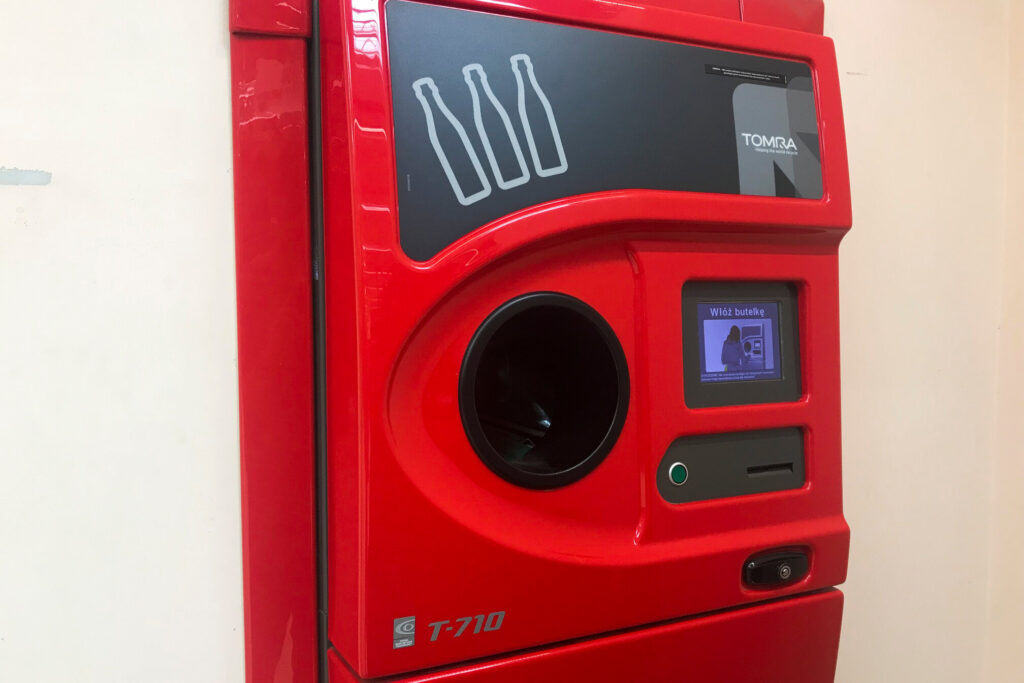
A ‘simple’ labelling option as part of Scotland’s impending deposit return scheme (DRS) is to be offered to smaller drinks producers.
It will see self-adhesive barcode labels provided to producers placing less than 25,000 units per year of a specific product on the Scottish market.
The move, by Circularity Scotland, comes in a bid to provide a ‘simple’ and ‘straightforward’ administrative solution for independent producers and importers for whom the cost of changing packaging to introduce new barcodes could be prohibitive.
It forms part of £22 million worth of cashflow support measures by the organisation administering the scheme to help Scotland’s brewers, distillers, importers, and drinks manufacturers prepare for the introduction of DRS.
The organisation said that the support package is particularly designed to help SMEs. It comes after concerns were raised regarding the impact the scheme would have on the cashflow of SMEs.
To address these concerns, Circularity Scotland is removing the day one and month one charges for all producers, up to a threshold of three million units per year. It is also providing two month credit terms on deposits and fees up to the same volume threshold to reduce the working capital impact on all producers.
The three million unit threshold has been established to ensure that the thousands of smaller scale producers selling in Scotland benefit more proportionately from the cashflow support. It said this will particularly help companies like craft brewers, wine importers, and craft spirit producers. The two month credit terms will be made available to all producers, regardless of their size, which Circularity Scotland said ensures all producers within the scheme are treated equally.
David Harris, chief executive of Circularity Scotland, said, “Circularity Scotland was established by industry to meet their obligations under the deposit return scheme as efficiently and cost-effectively as possible. This announcement is further evidence of how we are continuing to innovate and identify additional ways to mitigate the pressure on businesses. We know that smaller producers in particular have been concerned about the cashflow impacts of the scheme, and these measures will address those concerns.
“Circularity Scotland has successfully secured over £100m of third-party funding to establish the infrastructure of the deposit return scheme, with only minimal up-front funding from the very largest producers. This funding approach allows producers both large and small to benefit on equal terms from this investment in world-class infrastructure and leading-edge technology and only pay their share of the costs once the scheme is in operation.
“We have already announced reductions in producer fees of up to 40%, while also being able to offer the highest return handling fees of comparable schemes anywhere in the world. These additional support measures further demonstrate our confidence in being able to deliver ongoing operational efficiencies once the scheme has gone live. We are committed to ensuring that the deposit return scheme works for Scotland, is cost effective for business and helps protect our environment for generations to come.”
Circular economy minister Lorna Slater added, “This is a big and welcome change that responds directly to many of the concerns that have been raised, particularly those from smaller producers like craft brewers. It addresses initial cash flow challenges, and provides a pragmatic and simple solution to the issues raised around barcodes for smaller product lines. This is a package that gives businesses the clarity and confidence they need to be part of Scotland’s deposit return scheme.
“Over the last few months I have been meeting industry regularly to listen to their feedback and this industry-led solution has been designed in direct response to its concerns. I remain committed to a pragmatic approach to implementation between now and the 16 August. By working together we can lead the UK in delivering a deposit return scheme which will increase Scotland’s recycling rates from around 50% to 90%, cut emissions, tackle littering and address public concerns about the impact of plastic and other waste.”













